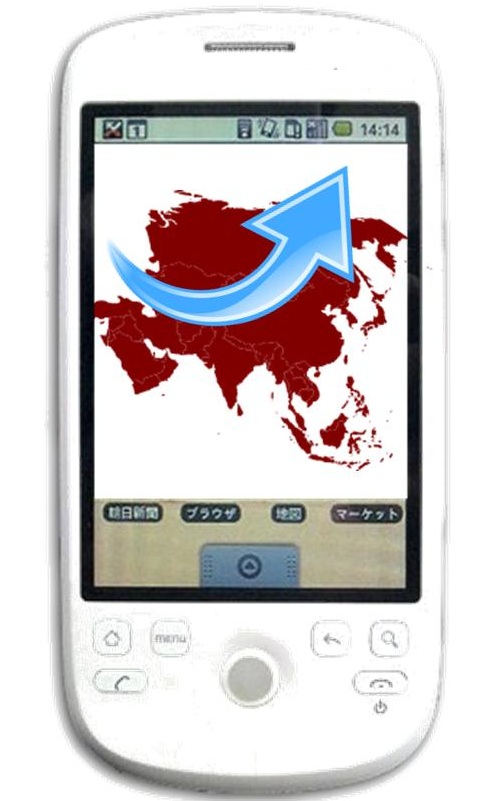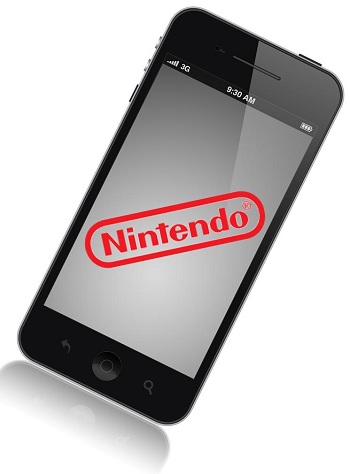Masaya Ueno, the director of Rakuten Asia has released a promising prediction for 2015 trends.
Rakuten, the massive e-commerce giant from Japan, has now released an official statement that has revealed that it has brought in $1.1 billion worth of revenue in Singapore via mobile commerce channels.
The company therefore feels that the Singapore market is a tremendously promising one for next year.
The director of Rakuten Asia, Masaya Ueno, who is also the company’s Country Manager for Singapore and the Head of the Business Development Division, explained that the country’s tremendous 80 percent adoption rate of smartphones has made it ready for a great deal more growth in mobile commerce. Smartphone shopping is already quite common in the country but the company feels that there remains a great deal more room for growth to continue throughout 2015.
The larger smartphones, nicknamed “phablets” are being called a driving force behind this mobile commerce trend.
 According to Masaya Ueno, “Apple’s entry into the Phablet market with the iPhone 6 Plus and the launch of other phablets flagships like the Samsung Galaxy Note 4 will help to drive the adoption of mobile shopping is Singapore as well.”
According to Masaya Ueno, “Apple’s entry into the Phablet market with the iPhone 6 Plus and the launch of other phablets flagships like the Samsung Galaxy Note 4 will help to drive the adoption of mobile shopping is Singapore as well.”
At the same time, Rakuten’s forecast also explained that the focus on ‘mobile-first’ is also spreading throughout the Asian Pacific region, where many consumers use their smartphones as their exclusive method of accessing the internet. The prediction underscored the fact that this will be an important m-commerce factor in 2015, as it shows that the trend in mobile shopping will not be exclusive to Singapore, but will also have considerable potential in Vietnam, Thailand, Indonesia, and the Philippines.
Rakuten explained that this mobile technology trend should be telling retailers that they simply cannot think that they can continue to ignore this fast moving segment of m-commerce, as consumers throughout that region turn away from their desktops in favor of their smaller screen handsets.
The Rakuten prediction is that far more retailers will rapidly begin an investment into mobile commerce in both the marketing and retail efforts, and that this will be easily seen in all of 2015.

 This would use a number of different optimizations and features to be able to take the old games and boost the graphics quality and sound so that the
This would use a number of different optimizations and features to be able to take the old games and boost the graphics quality and sound so that the 